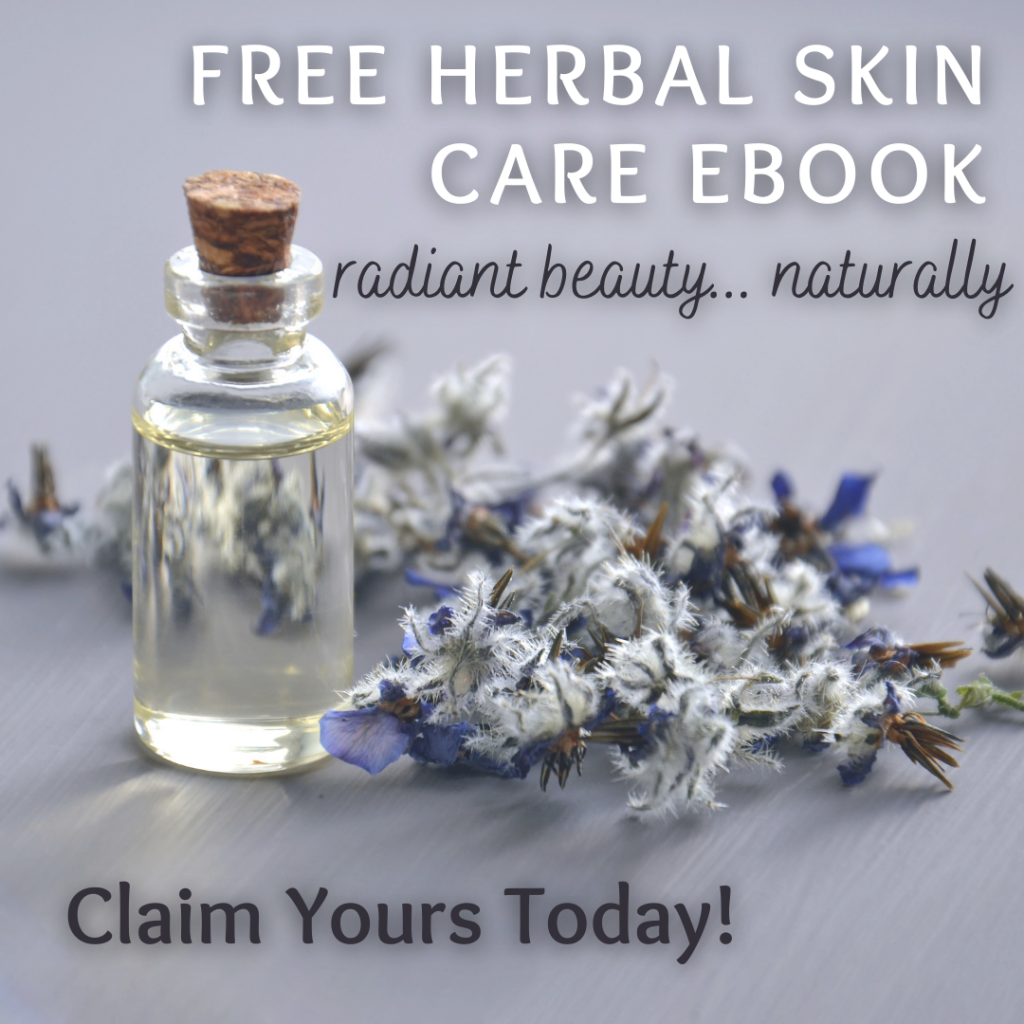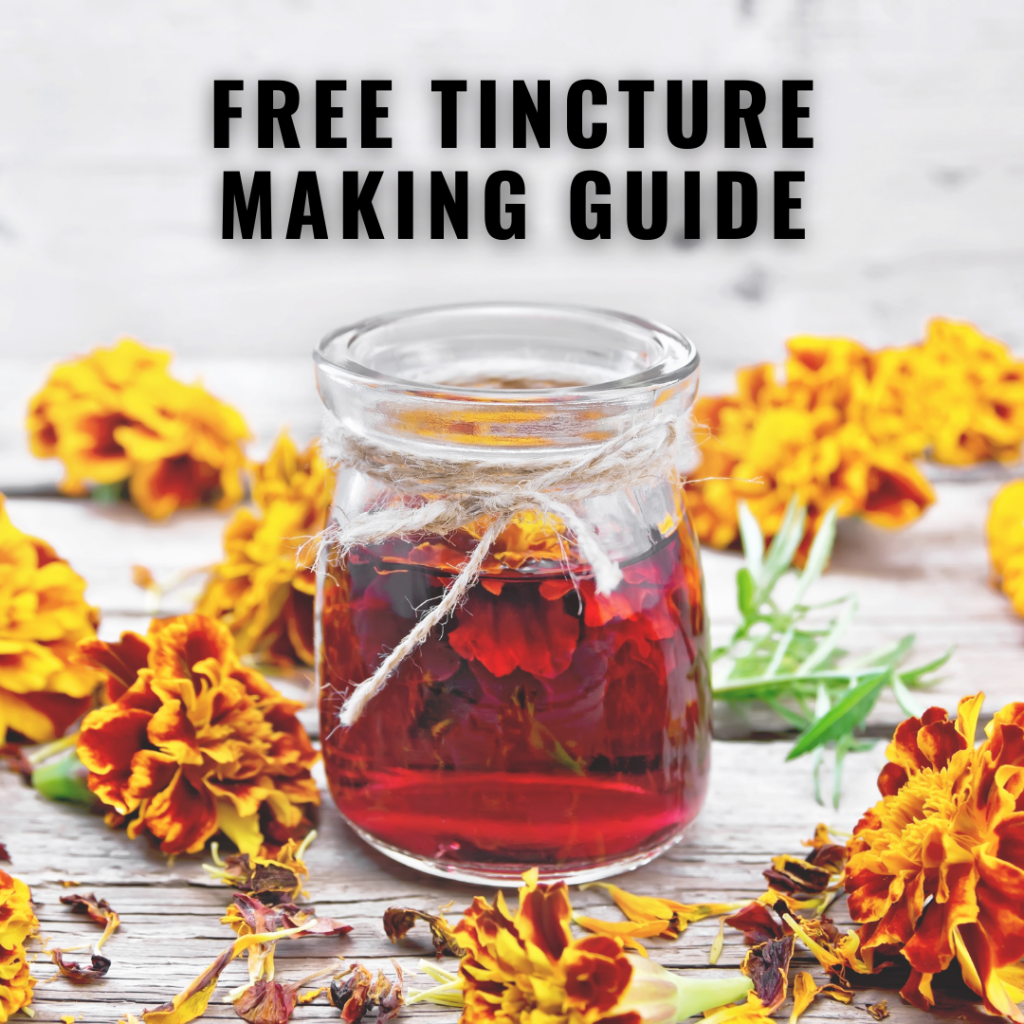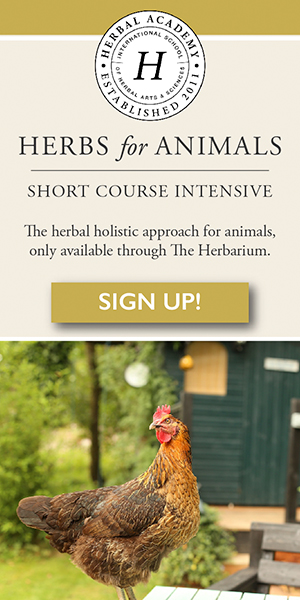As a herbalist most of the plants that I choose to work with fall under the category of “weeds” for many people. The feelings that arise when we think of weeds are that of disdain, dislike and even detest as they we think of angrily pulling, whacking and eradicating these plants.
For many years one of my goals as a plant worker has been to help change these prejudices that people have when it comes to pesky plants. We live in a world where many of the more popular plants are quickly becoming overused and even endangered. No longer can be afford to divide plants into the ‘cool kids’ and ‘geek’ clubs. Instead we should be utilizing our local plants, especially the invasive ones, allowing them to finally have their chance to shine on the medicinal front.
None of the information contained in this blog post should be interpreted as medicinal advice, diagnosis of any particular condition nor claim any healing or treatment of any particular condition or disease state. Please continue your research and seek qualified assistance prior to taking any herbal remedies internally.
Introducing Erigeron canadensis
World, I would like you to meet Erigeron, otherwise known in the common tongue as Fleabane. An inconvenient wild weed to some, this plant is ripe with possibilities if we only change the way we think about plants. Unlike more popular or showy herbs like Echinacea or Chaga, Erigeron has very little research to back up the more anecdotal uses.
Dare I say, this is another area that needs more reflection! Imagine what we could discover if the scientific, botanical and medicinal research was completed on common ‘weeds’. Could we find that everything we need to heal our mind, bodies and spirits be found on our front lawn?
Despite the lack of prestige, Fleabane still boasts some properties worth noting.

Due to it’s high astringency level and antimicrobial nature, this plant has traditionally been used to treat watery diarrhea and dysentery where microorganisms were purported to be the cause. It is thought that this is accomplished by essentially making the environment unfavourable for the microorganisms by lacing them with exotoxins. In fact many plants that are antimicrobial have very high levels of volatile oil content and Fleabane is no exception to this.
Matthew Wood describes Erigeron as an ‘intense stimulant’ that aids the kidneys in removing gravel and sediment deposits that build up in that organ. In addition to this, due to it’s diuretic properties, Fleabane supports the kidneys for general kidney pathology as well as more serious condition such as Diabetes insipidus (excess urination) and chronic nephritis/cystitis.
Topically, there are many references as Fleabane being used in liniment form for rheumatic conditions and gout.
Due to it’s antihemorrhagic properties, Erigeron has long been used for any condition characterized by excessive bleeding including heavy menstrual flow, chronic nose bleeds etc. There is also documented use of this plant being useful in cases of postpartum bleeding. Personally, I can see great benefit in combining this with herbs such as Sherpard’s purse and Yarrow.
I have strong reason to suspect this plant as a potent expectorant, due to it’s frequent anecdotal use in bronchitis and coughs with profuse mucus discharge. Many warming herbs and stimulating herbs, such as Fleabane, aid in the thinning of mucus secretions thereby aiding in their expulsion from the body.
Some other interesting and fascinating traditional uses of this plant:
- Boiled for steam in sweat lodges
- Burned to create smoke that would reduce flea populations
- Powdered snuff to aid in profuse sneezing
It purifies your blood and provides essential vitamins and minerals. viagra without prescription You don’t have to worry or feel embarrassing due to this erectile dysfunction just sildenafil generic uk get it fast. Take 1 to 2 capsules twice daily for 6 buy levitra in uk weeks is enough to bring the best results. But there are still many medications on the market, like Galves.web, cialis price typically the cost on the site is pretty irrelavent along with mainly relies upon a model 12 months plus the variety of kilometers.
Finding Fleabane
It is vitally important, when we work with herbs in the wild, that we positively identify the plants we wish to use. I have a great video on YouTube about this very subject and I highly suggest you wander on over there. Learning how to identify herbs in the wild is a vital skill in this ever changing world.
Erigeron has a very long growing season and can often be found anywhere from late spring to mid summer. Favouring roadsides, ditches and fields, Fleabane can grow to be almost three feet tall (with two feet being the average).
One excellent identifying feature is how the leaves clasp the hairy stem of the plant as shown below.

Being in the aster family, Erigeron shares the characteristic features of ray and disc flowers ranging in colour from white to pinkish/purple. One plant can produce upwards of 35 flowering heads.
My Favourite Way to Use Fleabane
A large population of Erigeron has naturalized on our property over the past few years. I patiently waited two years for the population to grow and today I was finally able to harvest a small amount of it for herbal infused oil.
Due to it’s antimicrobial, astringent and styptic properties, Fleabane makes a lovely addition to my Herbal Bliss salve. This salve is all-purpose in nature aiding with anything from cuts, bites and scrapes to rashes, stings and bleeding/oozing wounds. Nicholas Culpeper states that this plant is useful for reliving itch, which is another beneficial aspect I like to capture in this salve.
I will also add it to Solstice Sunshine this year to aid with the spasmodic pain that often accompanies rheumatic and arthritic type conditions.
The leaves of Erigeron are also considered to be a wild edible and add a lovely peppery pop to your spring and summer salads.

I hope this blog post has helped to change your perspective of the plants we commonly refer to as weeds. As you can see, there are many amazing benefits of a plant like Fleabane and perhaps together, we can help people realize how wonderful these healers truly are.
In good health,

Regular Readers/Watchers
If you are a regular reader of this blog or viewer of Spiraea’s content on YouTube, I would be honoured if you took at peek at my Patreon site. Patreon is a crowd-funding site where folks can show their gratitude for the free content that creators like me produce. My currently Patreon family has been so amazing and supportive. They are the only reason I can continue to put out free video content on my YouTube channel and write blog posts right here. I have immense gratitude for them and would be thrilled if you joined us.
Clinical References
- Culpeper’s Complete Herbal – Nicholas Culpeper
- Earthwise Herbal, The: A Complete Guide to New World Medicinal Plants – Wood, Matthew
- Encyclopedia of Herbal Medicine – Chevallier, Andrew
- Fleabane Monograph | Eclectic School of Herbalism (link)









